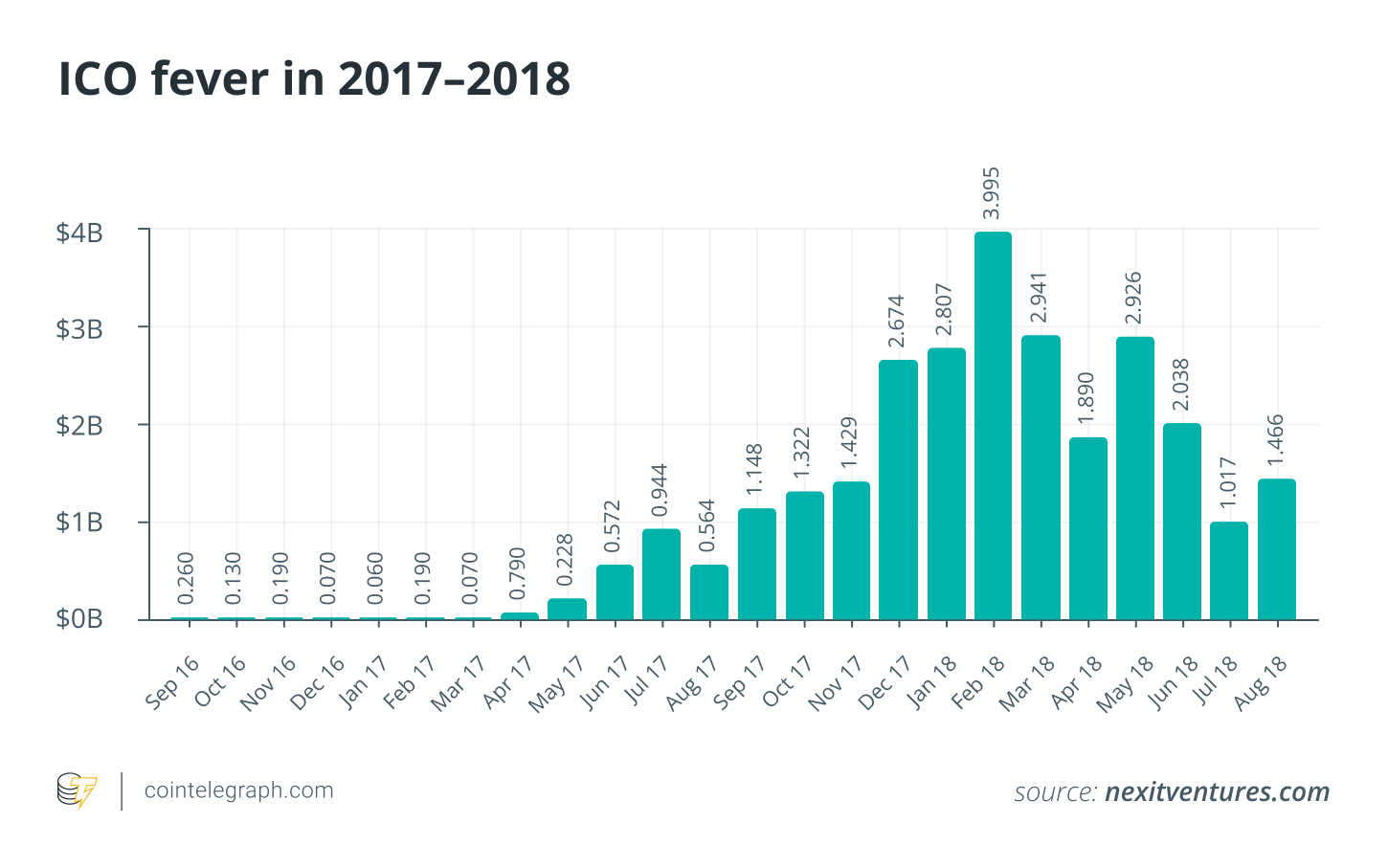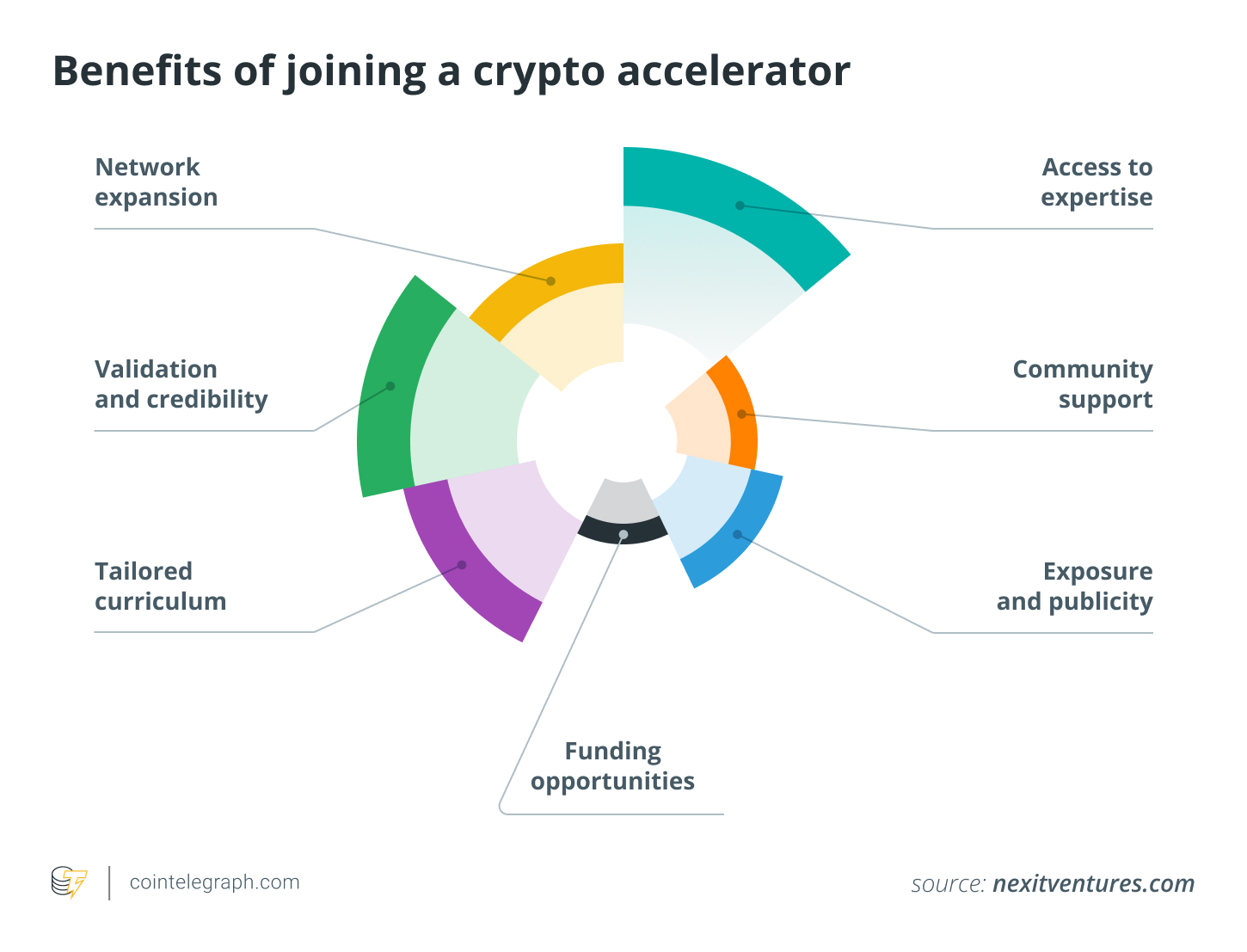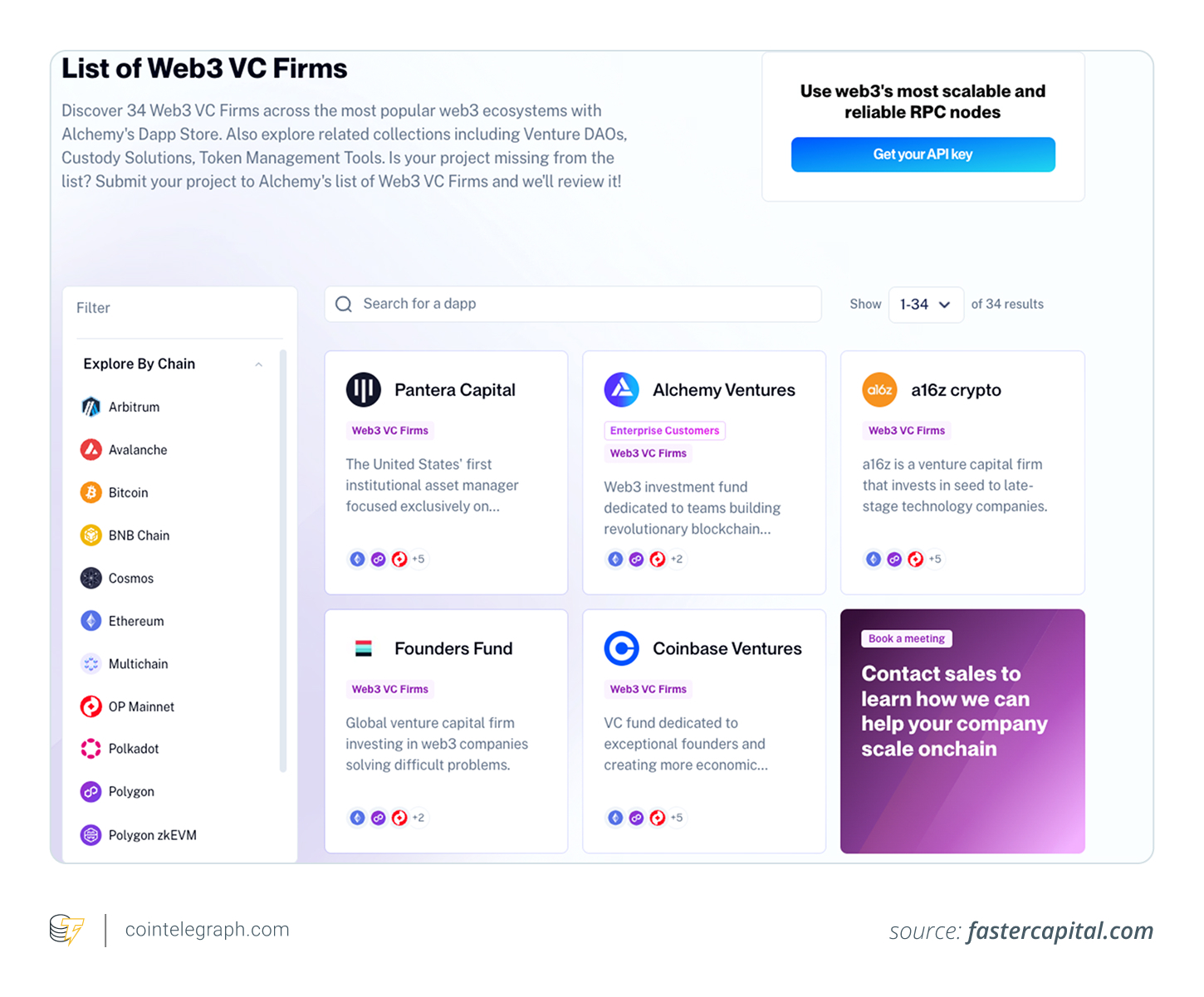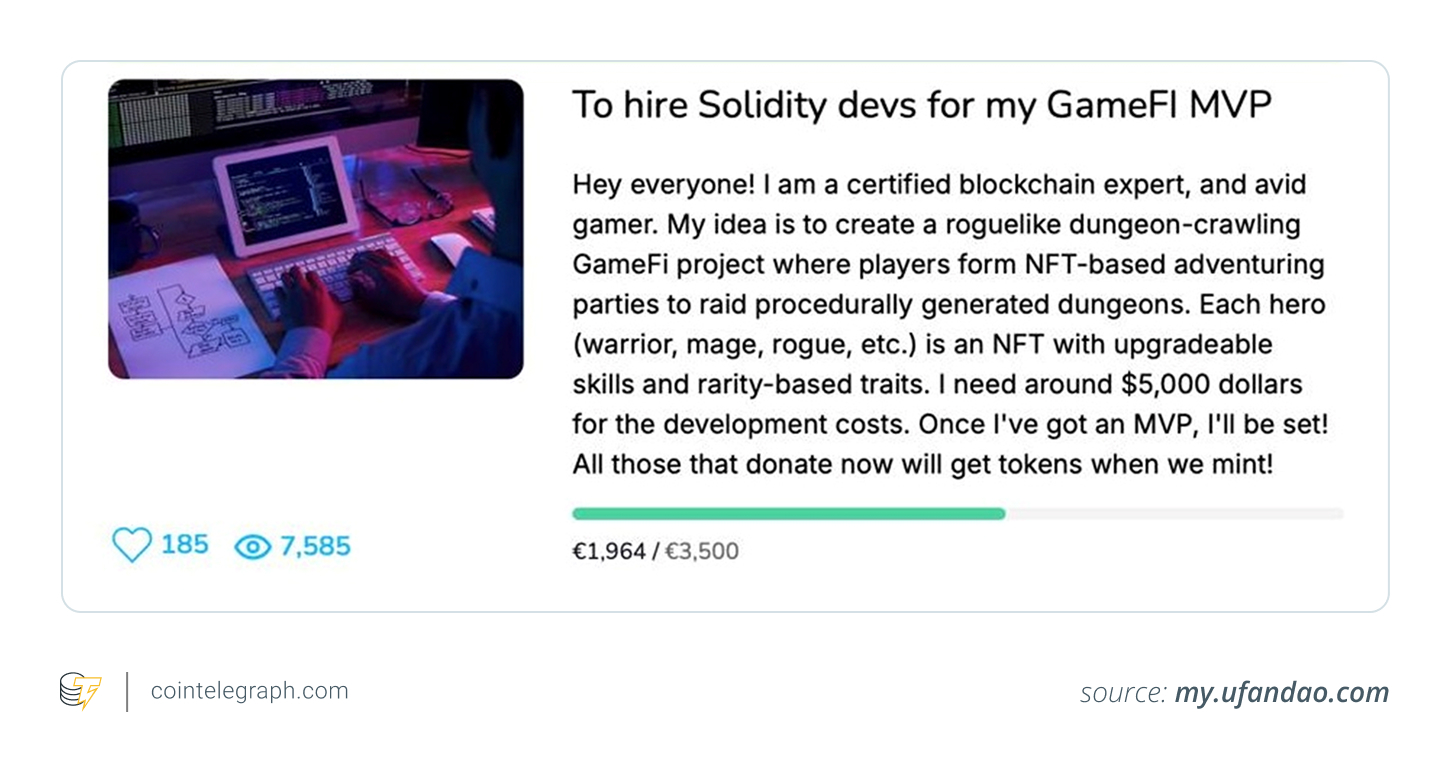Top Strategic Imperatives for 2025

Key takeaways
- Web3 fundraising isn’t what it used to be – investors are now really focused on strong business plans, clear tokenomics, and proof that your idea resonates with the market.
- Remember, it’s not just about the cash; “smart money” from strategic investors can bring invaluable mentorship and industry connections to the table.
- You’ve got options! From VCs and angel investors to grants, ICOs, and even crowdfunding, there’s a funding route for different needs and stages.
- Know when to adjust course – if you’re not seeing traction and resources are running low, it might be time to rethink or explore new opportunities.
Thinking back to the crypto craze of 2017? You might recall Centra Tech, a company out of Miami that launched an ICO. They promised a cryptocurrency debit card, supposedly backed by giants like Visa and Mastercard. Sounds cool, right? Except, well, they didn’t actually have a working product.
Believe it or not, even with just a concept, Centra Tech managed to raise over $32 million in their ICO! They even snagged celebrity endorsements from the likes of Floyd Mayweather Jr. and DJ Khaled. Talk about hype!
Fast forward less than a year, and the founders were arrested. Turns out, those partnerships with payment networks? Non-existent. The product? Also non-existent.
Centra Tech became a poster child of the “ICO Boom,” where projects could score big investments just by having a white paper, no actual product needed. Fabric Ventures and TokenData dug into the numbers and revealed that in 2017 alone, 435 successful ICOs hauled in about $5.6 billion – that’s an average of $12.7 million per project!
Here’s the crazy part: less than half of those ICOs were still kicking four months after their token sales wrapped up. And get this – a study found that over 80% of ICO projects in 2017 were actually scams.
Yep, the days of easy money are definitely over. These days, tons of startups are looking for funding, expecting the same kind of investor excitement, but they’re running into a totally different landscape: tighter regulations, cautious investors, fierce competition, and, unfortunately, lower chances of success.
But hey, don’t lose heart! It’s not all bad news. Investors are still out there, ready to back projects that are genuinely impressive.
So, today, we’re diving into the most common ways to get funding in Web3, even if you’re starting from scratch with just an idea and your phone.
Plus, we’ve got a special treat for you at the end: an exclusive chat with the business development head at Cointelegraph Accelerator, giving you the inside scoop on the current state of Web3 investing.
1. Incubators and accelerators
Incubators and accelerators are super important for helping Web3 startups grow from just an idea to a real product in the market. These programs offer guidance, resources, and sometimes even funding to early-stage projects. Let’s break down the difference between them:
- Incubators: Think of these as idea nurseries. They focus on startups that are still in the very early stages, helping them brainstorm, network, and get the resources to build their first version of a product, an MVP.
- Accelerators: These are for startups that already have an MVP and are ready to grow fast. They provide funding and mentorship to help them scale quickly, often ending with a demo day where startups pitch their ideas to investors.
Some well-known Web3 programs to check out include:
- Outlier Ventures Base Camp: This is a 13-week accelerator program specifically for Web3 and crypto startups.
- Alliance: They offer daily mentorship along with flexible funding options for Web3 founders.
- Antler: A global investor that works with early-stage startups and offers a 26-week startup program.
- Brinc: A 10-week accelerator that provides funding, mentorship, and access to a global network.
And, of course, we can’t forget Cointelegraph’s own accelerator program! We offer up to $100,000 of “smart money,” plus direct connections to key players in the industry like infrastructure providers, investors, mentors, foundations, exchanges, market makers, and more.
Interested in applying to a Web3 startup accelerator or incubator? Do your homework and find programs that fit your project, put together a compelling pitch deck, and apply through their official channels. Remember, each program has its own application process and deadlines, so be sure to look into the specifics beforehand.
2. Venture capital (VC) funding
If your Web3 startup needs significant funding to really take off, venture capital (VC) firms are often the way to go.
Keep in mind, investors today are being more selective. They’re looking for solid business models, sustainable tokenomics, and strong legal foundations. Here’s what you should know.
Finding the right Web3 VC
Not every VC is jumping into blockchain, so it’s important to focus on firms that specialize in Web3. Look for investors who have previously backed similar projects and have a history in crypto, DeFi, or NFTs. Resources like Alchemy’s list of Web3 VC firms can help you find the right folks.
When you reach out, make sure your pitch really highlights what makes your project unique. VCs get flooded with applications, so you need to stand out – whether it’s through an innovative idea, impressive traction, or an all-star team.
Structuring VC deals
Web3 funding deals often involve a mix of traditional equity and token allocations.
Investors might take a percentage of your company and also receive a share of your project’s tokens, which could become more valuable over time. Here are some key points to negotiate:
- Investment amount: How much funding are you raising, and at what company valuation?
- Equity vs tokens: Will the deal include both? If so, what’s the ratio?
- Vesting schedules: Investors may have lock-up periods to prevent them from selling off their tokens too early.
- Governance: Will VCs have a say in how your project is run?
The best deals are the ones where founder and investor goals are aligned. A poorly structured deal could actually lead to you losing control of your project down the line.
Due diligence: what VCs expect
Before they invest, VCs will do their homework – this is called due diligence. They’ll dig deep into your project’s financials, legal standing, and business plan. To be ready for this, you’ll need:
- Legal documentation: Make sure you have your company registration, contracts, and everything showing you comply with regulations in order.
- Tokenomics model: Have a clear plan for how your tokens will be distributed, their utility, and how the whole system is sustainable long-term.
- Roadmap and traction: Show investors you’re making progress, whether it’s through partnerships, a product that works, or a growing and engaged community.
Presenting a strong business case, backed by solid legal and financial documentation, will make your project way more appealing to potential investors.
Did you know? Watch out for scammers pretending to be VCs in Web3! They try to take advantage of startups eager for funding by using tricky tactics to steal money or sensitive information. Always stay alert!
3. Angel investors
Angel investors – wealthy individuals investing their own money – can be a source of early-stage funding with more flexibility than VCs. But landing angel investment is about more than just the money; it’s about finding someone who really believes in what you’re building.
For example, if you’re building a Bitcoin layer-2 solution, you’re better off targeting a Bitcoin enthusiast with deep pockets who’s passionate about Bitcoin scaling, not just any tech investor. Investors are much more likely to back projects they have a personal connection to, whether it’s based on shared beliefs or financial interest.
So, where do you actually find these angels?
Conferences are key.
Events like Token2049, ETHDenver, and Consensus are packed with angels looking for the next exciting opportunity. Cointelegraph even chatted with random attendees at Token2049, and almost everyone we spoke to had money to invest.
Beyond conferences, online platforms like Web3 X, Telegram, and private investor groups are great places to network. Warm introductions can make all the difference in getting your foot in the door.
Angel investors can be some of the most supportive backers in Web3. You just need to be in the right place, with the right pitch, at the right time.
4. Grants and ecosystem funds
Many blockchain platforms have set up grant programs to support projects that grow their networks.
Basically, it’s like saying: “Hey, build your project on our blockchain, and we’ll support you!”
For example, the Rootstock grant offers $2.5 million every quarter to developers building on the Bitcoin blockchain. Similarly, the Starknet seed grant program provides non-dilutive funding to early-stage teams with a working MVP aiming to launch in the market.
To boost your chances of winning a grant:
- Align with the grantor’s mission: Make sure your project goals match the goals of the organization offering the grant.
- Demonstrate project viability: Show a clear plan, with key milestones and a sustainable way to make money.
- Highlight potential impact: Explain how your project will benefit the blockchain ecosystem and its users.
- Follow guidelines meticulously: Pay close attention to the application instructions and provide all the required info.
For more detailed advice, check out the Rootstock grant application guide, which gives you a good look at what they’re looking for and how they evaluate applications.
Did you know? The potential integration between Lotte and Arbitrum, though still in planning, could signal renewed interest from traditional companies in blockchain-based virtual worlds. It’s exciting to see Ethereum’s largest layer-2 network exploring deeper connections with a major South Korean conglomerate.
5. ICOs and token sales
Believe it or not, initial coin offerings (ICOs) and token sales are still used by blockchain projects to raise funds.
An ICO is basically creating and selling a new cryptocurrency token. Investors buy these tokens using established cryptocurrencies like Bitcoin
or Ether
.
These tokens might give holders access to certain features, voting rights in the project, or even a share in potential profits. Here’s what usually goes into an ICO:
- White paper release: This is a detailed document explaining your project – the idea, tech details, who’s on your team, and how much funding you need.
- Marketing campaign: You’ll need to get the word out and build a community excited about your project.
- Token sale event: This is when investors can actually buy the new tokens you’re offering.
Keep in mind, in many places, tokens sold in ICOs are considered securities, which means they have to follow specific legal rules. For example, the US Securities and Exchange Commission (SEC) has said that many ICOs are actually securities offerings and have to comply with federal securities laws.
Ignoring these rules can lead to legal trouble, fines, and damage to your project’s reputation. So, it’s really important to talk to legal experts to make sure you’re doing everything by the book.
To make your ICO more likely to succeed:
- Develop a clear tokenomics model: Define what your token is for, how many there will be, how they’ll be distributed, and how you’ll encourage people to hold onto them.
- Set realistic fundraising goals: Figure out how much money you really need to reach your project goals and avoid raising way more than you need.
- Build community trust: Be open and honest with potential investors, give regular updates, and show that your team is capable and committed.
With careful planning and by following the rules, ICOs and token sales can be a way to raise capital and build a strong community of users.
Did you know? Influencers can promote your ICO by getting tokens directly to promote your project – sometimes called an ‘influencer round.’
6. Crowdfunding
If you’re just starting out with an idea and no funding, covering the costs to build even a basic MVP can be tough.
Plus, maybe you don’t have connections to angel investors or the time and money to go to lots of investor events.
It’s a tricky spot to be in, especially if you’ve been reaching out to potential investors on LinkedIn for months with no luck.
So, we didn’t want to leave you hanging! Let’s talk about Web3 crowdfunding as a potential way to fill the gap. It might not cover all your expenses, but it can help with some of those MVP development costs.
Traditional crowdfunding platforms like Kickstarter and GoFundMe are not ideal for Web3 projects because they’re centralized and don’t work with blockchain-based funding models. Instead, Web3 startups often look to platforms like Gitcoin grants, which offer crowdfunding specifically for public goods and open-source blockchain projects.
And if you’re still looking for more options to secure funding, you might want to check out a platform called UFANDAO.com, which isn’t specific to any industry.
UFANDAO stands out because it lets you fundraise in crypto for pretty much any idea, with donations coming from people who believe in your vision and want to contribute to making the world a better place.
While it’s probably not going to help you raise hundreds of thousands, it could be just the boost to get your project off the ground.
UFANDAO offers:
- Peer-to-peer donations: Donations go directly between people in real-time, so you get immediate access to the funds without any middlemen.
- Zero commissions: The platform doesn’t take any fees from donations, so you get the full amount donated.
- Access to a global community: It’s open to anyone with an internet connection worldwide.
- Flexible fundraising: You can raise funds for almost anything, from personal goals to innovative Web3 projects.
So there you have it – our wildcard option for those starting with nothing but a smartphone and a dream.
You can’t say we haven’t covered all bases!
The state of Web3 fundraising in 2025 with Anna Shakola
As part of putting this article together, we chatted with Anna Shakola, head of business development at Cointelegraph Accelerator, to get her inside perspective on what Web3 fundraising looks like right now.
Here are three key insights from our conversation that we thought were really valuable to share.
1. What are Web3 investors currently looking for?
The days of raising millions just based on a white paper are long gone.
Many investors have seen their Web3 investments underperform, having backed projects that didn’t grow or turned out to be scams.
Even though the Web3 industry is growing, it also means more startups, more competition, and investors are becoming more cautious about risk.
Right now, we’re seeing a focus on infrastructure, B2B, and growth-stage projects that have already proven there’s real demand for what they offer. I think this is reflective of the general trend in investment right now.
I really want to emphasize – infrastructure is becoming the new hot area to invest in.
2. What’s your advice to a Web3 startup in 2025?
Here’s what I would suggest focusing on when you’re starting:
- Really think about who you are as a project. Be specific and honest about what you’re doing, and remember you don’t have to reinvent the wheel. Make sure you’re clear on the actual problem you’re solving. Having a strong project identity is super important.
- Take a look at investor portfolios. Check out the accelerators, VCs, and angel investors you’re planning to reach out to. Don’t just blindly contact everyone – you’ll be wasting your time.
- Consider grants and ecosystem funds. These are often overlooked but can be great options. You might even want to test your idea out at hackathons or through bug bounty programs. Investors are paying attention to these spaces.
- Aim for “smart money.” Just getting cash from any angel investor might not be enough. Prioritize deals that come with solid, comprehensive support and guidance.
3. At what stage should a founder give up trying to fundraise for their project?
That’s an interesting question, and usually, people say “never give up.”
However, you need to think about the opportunity cost of your time – all the hours spent reaching out to VCs, traveling to events, tweaking your MVP, and the money involved.
I have a list of founders that I connect with each year because they keep launching new projects whenever a new trend appears. Being adaptable is key. If something isn’t working, don’t be afraid to let it go.
I think it’s time to consider moving on when you’re completely out of funds, the project becomes a financial drain, your team is burned out and not working efficiently, and you’re not having any real progress in investor discussions. These are all signs it might be time to pivot.
Remember, often, VCs will find you – it’s not always about chasing them down.
Beyond ICOs to smart money: Navigating the future of Web3 fundraising
If the countless double thumbs-up emojis you’ve been getting from VCs on Telegram haven’t made it clear, the Web3 fundraising scene has changed big time since the ICO boom of 2017.
Today, getting investment is about more than just a white paper and a few connections. You need a strong project identity, a solid business model, and proof that there’s real demand for what you’re offering in the market.
Whether you go for venture capital, angel investors, grants, token sales, or crowdfunding, knowing which approach is right for your stage of development is crucial.
Most importantly, as Anna pointed out, getting “smart money” – investment that comes with strategic support and expertise – can make all the difference.
If one funding method doesn’t work, pivot, refine your approach, and keep going, even if it means crowdfunding for your MVP on UFANDAO.
But, if the challenges become too much and you’re just not getting traction, knowing when to move on to something new is just as important as knowing when to keep pushing.
Best of luck!














